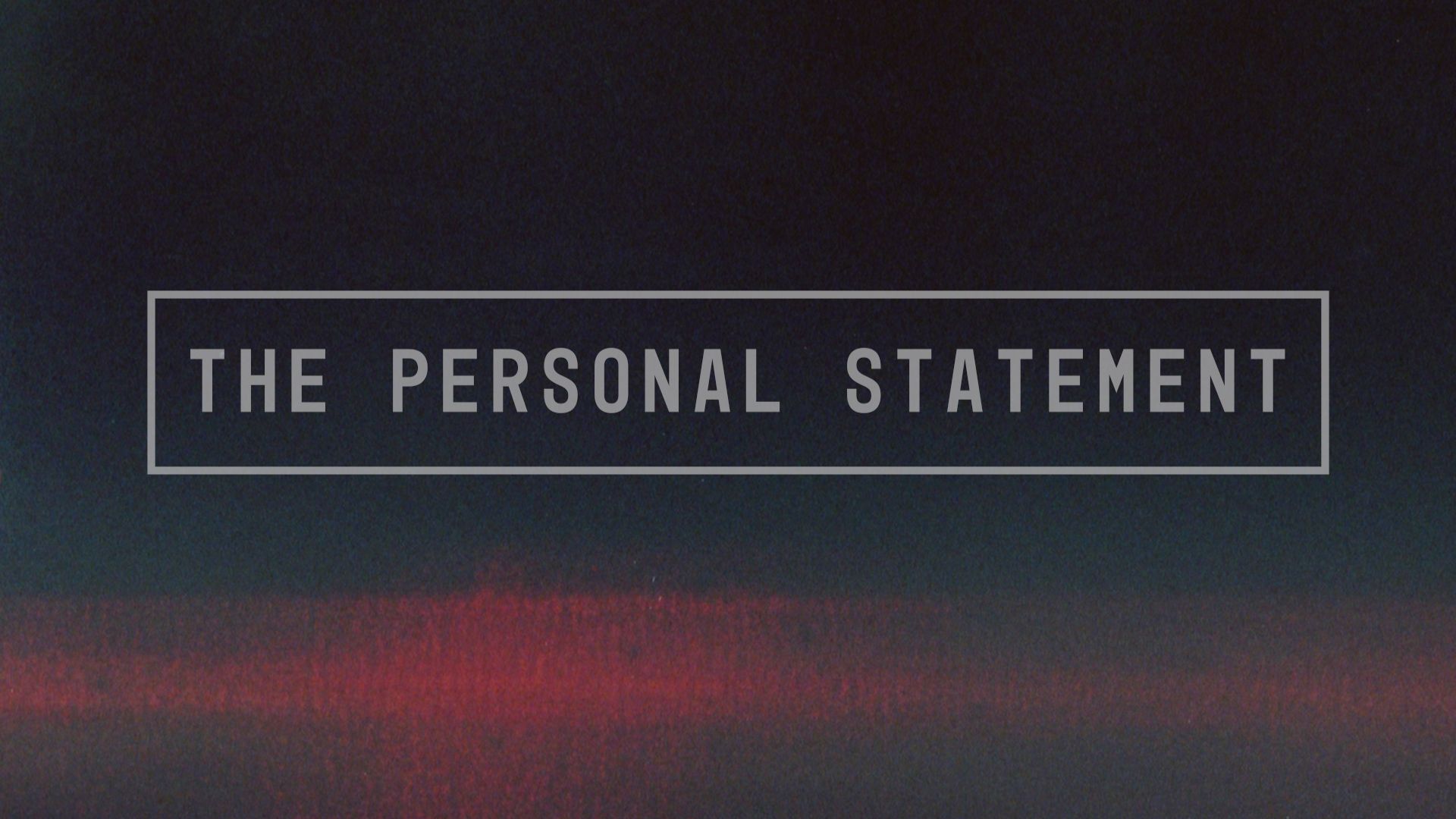Oxford's MSt in Film Aesthetics: The Personal Statement
In this article, I go over how I approached the personal statement, one of the components required when applying to the MSt in Film Aesthetics at the University of Oxford.

Hi, my name is Zach.
Back in 2020 I graduated from the University of Oxford with a MSt in Film Aesthetics, and I’ve recently made a few videos, and written a few articles, about that experience and the application process. In this article, I will be going over how I approached writing the personal statement when applying.
But, before I start, I should mention that this isn’t the only way to go about writing a personal statement, and I would definitely recommend searching for other examples if possible, even if it is for a different course. To get you started with that, I’ve included some links at the end of this article to some other helpful resources.
The Personal Statement
So, to begin with, if you look at the course webpage, you can see a brief description of what it is the admissions tutors want you to include in the personal statement.
There it says:
“A maximum of 1,000 words
Your personal statement should be written in English and explain your motivation for applying for the course at Oxford, your relevant experience and education, and the specific areas that interest you.
You should think of the personal statement as also a statement of academic purpose. You should go beyond expressing an enthusiasm for film and be as specific as possible about studying film in an academic context. It is also important that you should be specific about why you wish to study film from an aesthetic point of view as distinct from other approaches to film study.
This will be assessed for your reasons for applying; evidence of motivation for and understanding of the proposed area of study; the ability to present a reasoned case in English.
If possible, please ensure that the word count is clearly displayed on the document.”
From this brief description it is clear that the four main areas they want you to cover are:
- Your motivation for applying to the course at Oxford
- Your relevant experience and education
- The specific areas that interest you
- Why you wish to study film from an aesthetic point of view as distinct from other approaches in film studies
It goes without saying that you should touch on all of these topics. In my opinion, the final point is especially important because it will demonstrate that you are aware of the difference between the specific study of film aesthetics from other approaches in film studies.
When I began writing my personal statement I thought the best way I could demonstrate that was to weave it into my discussion about my relevant education. Therefore, I spent the majority of my words on the second point––my relevant experience and education (and its worth mentioning that I focused almost entirely on my education rather than experience)––and on the fourth point.
My personal statement consisted of 6 paragraphs over two pages. The overall structure of the personal statement followed an hourglass shape: starting general, honing in on the details, and then concluding on a general note once more. To expand on this, I began with a general overview of my motivation, then honed in on the specific details regarding my relevant education and reason for wanting to study film aesthetics for the main body, and concluded with a general overview of my areas of interest.
Below, I’ve broken down each section of my personal statement, and included a brief description of what I included:
Paragraph 1 (Introduction)
A succinct description of my motivation for applying to the course.
Paragraphs 2 – 5 (Body)
A detailed account of my relevant education and how this related to why I wanted to study film aesthetics in particular.
This section charted how I became interested in film aesthetics through studying specific modules as an undergraduate. As such, I was able to demonstrate point 2 and 4 simultaneously.
As I had studied film as an undergraduate, I mainly focused on my relevant education in this section. I did include 1-2 sentences on my experience with practical filmmaking, but I only mentioned this to relate it back to studying film in an academic context. If you want to discuss experience beyond your education, I would only do so if you can relate it back to studying film aesthetics in an academic context.
I also mentioned that I enjoyed reading the work of one of the professors that teach on the course, and discussed the reasons why I agreed with their approach to film. This is an example of how you can clarify why you wish to study film aesthetics specifically as opposed to other areas in film studies. Further to this, it also demonstrated that I was familiar with the work of one of Oxford’s professors, which also indicates that I’m aware of how film aesthetics has been approached at Oxford in particular. The latter point is an important one to consider because the admissions tutors will be interested to know not only why you want to study film aesthetics, but also why this subject at Oxford specifically.
Paragraph 6 (Conclusion)
A summary of the areas of the course that interested me most, and what I was hoping to get out of the course.
This would be a good time to mention your future plans, and how this course may help you pursue them, especially if you plan to continue with further academic research.
Course Links and Further Advice
Advice on Applying to a MSt at Oxford in the Humanities – Molly at Oxford (YouTube):
Writing a Master’s Personal Statement – Ibz Mo (YouTube):

